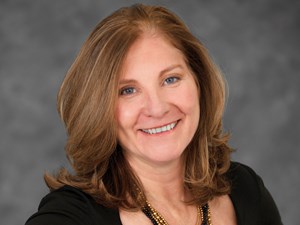Every Watt Counts
Benchmarking in the Big Apple
On December 28, 2009, New York City Mayor Michael Bloomberg signed Local Law 84 (LL84), mandating annual energy reports for any privately owned buildings over 50,000 square feet. (In October 2016, the city expanded LL84 and LL88 to include buildings 25,000 Sq. Ft. and higher, though, this doesn’t officially go into effect until 2018.) Enacted […]
